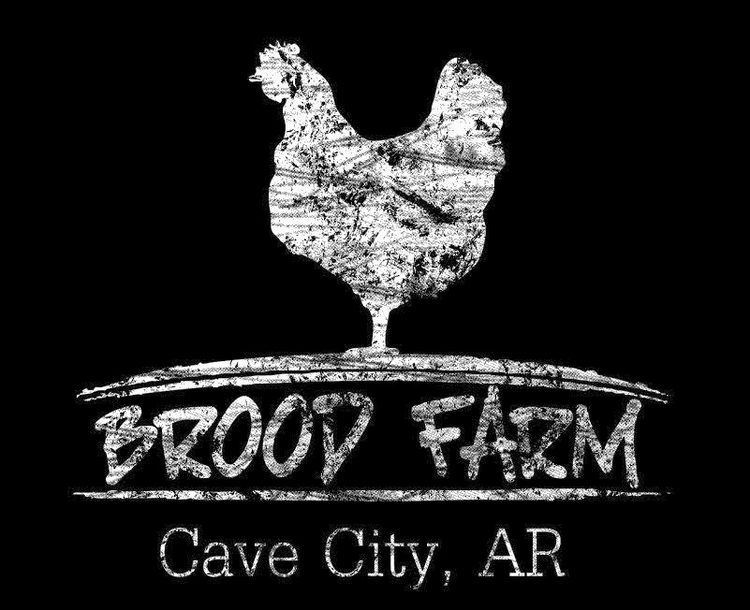Remember my post about how I'd been too lazy to get my cold frame up before the first frost hit? Well, I still don't have it up. Here's my two-fold explanation/excuse:
1. I'm sick. It's about all I can do to get out of bed and shuffle around a few loads of laundry during the course of the day. Seriously. This thing is awful. So, the thought of getting outside to construct my cold frame is simply laughable right now.
2. We've now had two hard frosts, but most things in the garden are still going strong, despite being unprotected.
1. I'm sick. It's about all I can do to get out of bed and shuffle around a few loads of laundry during the course of the day. Seriously. This thing is awful. So, the thought of getting outside to construct my cold frame is simply laughable right now.
2. We've now had two hard frosts, but most things in the garden are still going strong, despite being unprotected.
Sugar snap peas are blooming and about to fruit.
Purple turnip tops are peeking through the soil.
Kale is growing like crazy.
And, there's more arugula and parsley than I could ever even think of using.
The basil did succumb to the frost, though.
I should really make us a big salad for dinner . . . and go harvest some of that parsley to put on the dehydrator . . . and make the last batch of pepper jelly with the peppers in the fridge . . . and feed the chickens the lettuce that has gone to seed . . . and make Girl 2 some of her favorite kale chips . . . and get that cold frame up . . . and so on . . .
But, I imagine I'll do the same thing I did yesterday which is pour myself another cup of coffee, shuffle to the living room, flop down on the sofa, and, if things get really bad, maybe moan a little.
Tomorrow. Yes, tomorrow. That's when I'll get it all done.














































